The mission that haunts Nooh al-Shaghnobi most took place on September 17, near the al-Saha area of eastern Gaza City. Israeli forces had bombed a home, killing more than 30 members of one extended family. Most of their bodies were trapped under the rubble.
Al-Shaghnobi’s Gaza Civil Defense force team pulled two dead young girls from the bombed house and kept digging, crawling under collapsed floors. “We don’t go under unless someone is alive,” he told The Intercept. “Otherwise, we dig from above — ceiling by ceiling.” What followed was a descent into something dreamlike and horrifying.
“We walked 12 meters under the rubble,” he said. “Every meter, the air grew less. I crawled past legs, arms, the body of a child hugging his dead mother. I felt the ground shake from bombings above.”
From deep inside the wreckage, the team heard a young girl calling, “I’m here. I’m here.”
The Civil Defense force is an emergency and rescue operations group administered by the Palestinian Minister of Interior. After two years of Israeli genocide, it has an estimated 900 personnel and has lost roughly 90% of its operating capacity, Civil Defense workers told The Intercept. In the absence of heavy equipment, the civil defense teams use simple tools like hammers, axes, and shovels. Without excavators or heavy equipment, a single recovery can take days.
Local civil defense workers estimate there are still 10,000 bodies buried under the rubble.
“When you hear a voice, you know there is life. That’s enough to make you risk your life to recover this soul.”
“What motivates us,” al-Shaghnobi said, “is that when you hear a voice — even one — you know there is life. That’s enough to make you risk your life to recover this alive soul.”
By the time al-Shaghnobi finally reached Malak, she was unconscious with no pulse. Her eyes open, her legs blue, she had passed away.
“I tried to wake her up, but it was too late,” al-Shaghnobi said. “I was in a moment of utter stillness, and I could hear nothing but my own breath.”
 Civil defense teams retrieve bodies in Al-Katiba on October 28, 2025. Photo: Nooh al-Shaghnobi
Civil defense teams retrieve bodies in Al-Katiba on October 28, 2025. Photo: Nooh al-Shaghnobi 24-year-old al-Shaghnobi has already spent seven years working for Gaza’s Civil Defense force. Like many of his colleagues, he eats and sleeps at his workplace. His family’s home in the Tal Al-Hawa area of western Gaza City was destroyed in the final days of the war, and his family remains displaced in the south.
“People think the ceasefire means we can breathe,” he said. “But for us, the end of the war is the beginning of the real war: pulling out the dead.”
Al-Shaghnobi believes his aunt’s corpse is among the 10,000 bodies that remain unrecovered. Large regions like Shujayaa and parts of Rafah are still inaccessible. Israeli forces are stationed there, marking the areas “yellow zones.” Civil defense crews cannot reach them.
“We barely recovered some bodies during this ceasefire,” al-Shaghnobi said. “We have no machinery. Some areas, we know there are hundreds under the rubble, we simply can’t go.”
Alaa Khammash, 25, said he feels terrible when his Civil Defense team is unable to rescue someone.
“When I am dispatched on a mission, I feel a responsibility to finish it completely. I cannot simply stop midway,” he said. It can take 10 to 12 hours to retrieve a single body if it’s under a collapsed ceiling or wall. “Sometimes we can’t recover the body since it needs heavy equipment.”
The years of genocide have left al-Shaghnobi feeling numb.
“In the beginning of the war, we couldn’t look at the bodies,” al-Shaghnobi said. “We would close our eyes when retrieving them. By the middle of the war, we were wrapping them in white shrouds like it was daily routine. By the end of the war, my emotions became more defeated. The accumulation of pressure made it difficult to touch the bodies.”
“Bodies are found in various states: decomposed, non-decomposed, burnt, or even evaporated, sometimes just a skull or a skeleton,” he added, “The body’s texture is soft and smooth when found.”
Civil defense team members wear a special uniform, gloves, and masks because of the smell of the decaying bodies. The bodies decompose rapidly when they’re in the sun, Khammash said. “This occurs when a body lies exposed outdoors, subject to sun and air. Slow decomposition happens when the body is under a roof or shielded from air and sunlight.”
The smell can make al-Shaghnobi lose his appetite for days. For six months, he has struggled with digestive issues. Once, during Ramadan, “I was fasting,” al-Shaghnobi said, “We pulled a body that had been under rubble for a year in Al-Shifa hospital. It was half-decomposed. The smell hit me, my vision blurred, I nearly collapsed.”
“We identify locations of martyrs during the day based on blood stains, bones, and skulls,” al-Shaghnobi explained. “We rely on families of the martyrs. … They call our team, often providing the equipment at their own personal expense to honor and bury their loved ones.”
Without DNA tests, the workers identify bodies from clothes, shoes, rings, watches, metal implants, IDs, and gold teeth. The unknown bodies — often only skulls or skeletons — go to a cemetery for the unnamed.
After retrieving bodies, the Civil Defense workers write a detailed paper describing the area, angle, building, height measurement, and burial location, all written on the shroud so families can potentially identify the body later.
Sometimes, families insist on seeing the remains to believe their loved one is gone. “People accept death more easily,” al-Shaghnobi explained, “when they see the body.”
“I moved my friend from one grave to another. He was just a skull.”
“I moved my friend from one grave to another,” he said, recalling a reburial. “He was just a skull. I kept thinking — this is the end of every person. Bones.”
Recovering a person’s body entails a strange emotional paradox, said 27-year-old Mohammad Azzam.
“It feels good because you found them,” he said, “but bad because they are decomposed. A feeling I cannot explain.”
Families often wait nearby, and when the team brings out the body, their reactions are marked by intense, overwhelming grief.
“When we find someone, they’re usually half-decomposed,” Azzam said. “The face is unrecognizable. Only a shoe, a wallet, a bracelet tells you who they were.”
“When we find someone, they’re usually half-decomposed.”
The workers navigate these traumatic moments while living through the horrors of genocide in their own families and homes. Khammash, like al-Shaghnobi, now lives at work: His house in eastern Gaza City sits dangerously close to the Israeli military presence.
At work one day, Khammash said he got a dreaded call from a friend: “They told me my brother had been injured in the south, near the American aid distribution point, and taken to al-Awda Hospital in Nuseirat. I called a friend of mine who works as a nurse there, and he told me my brother had died.”
It was unbearable. “My brother was not only my sibling — he was my closest friend, only a year younger than me,” he told The Intercept. “We shared everything, understood each other without speaking. We went everywhere together. That kind of loss never leaves you, and the separation is the hardest pain.”
“Death is certain,” Khammash said. “As Allah said: Every soul shall taste death. And as Muslims, we understand that what comes after is far better than what we endure here.”
During the ceasefire, the rescue teams receive constant calls: A neighbor reports a smell, a family begs for help to retrieve their loved one, a building is collapsing, a limb has surfaced through the rubble, flies gathering in a corner reveal what lies beneath.
Khammash has begun to feel death as a presence, not an event. “It surrounds us,” he said. “Maybe we are the next ones. We accept Allah’s plan, but still — inside us — we love life.”
One of the hardest missions Khammash has had under the ceasefire was in a bombed tower in the al-Rimal neighborhood. A woman was alive somewhere under the collapsed top floor, calling out, but the rescuers couldn’t locate her.
“It was pitch black,” he recalled. “I kept moving my light, trying to understand where her voice was coming from.”
Suddenly, she was beneath him. “I had put my foot next to her head without realizing. We took her out alive.”
The longest recovery Khammash ever worked took a full day — pulling out Marah al-Haddad, a girl buried beneath several floors in al-Daraj area a month ago.
“She was alive when we reached her,” he said. “She had been breathing dust and explosives. My colleague Abdullah Al-Majdalawi and I kept calling, ‘Where are you, Marah?’ And she answered, ‘I’m here. I’m here.’”
“When she saw us, hope came back to her face,” he said. “To bring someone back from death — this is what keeps us going.”

 German (DE)
German (DE)  English (US)
English (US)  Spanish (ES)
Spanish (ES)  French (FR)
French (FR)  Hindi (IN)
Hindi (IN)  Italian (IT)
Italian (IT)  Portuguese (BR)
Portuguese (BR)  Russian (RU)
Russian (RU) 
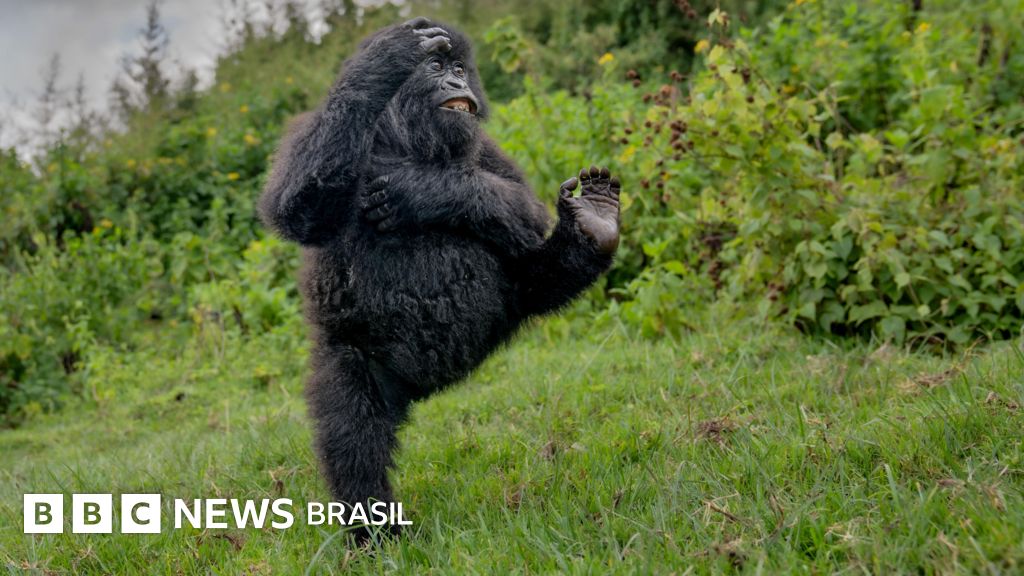


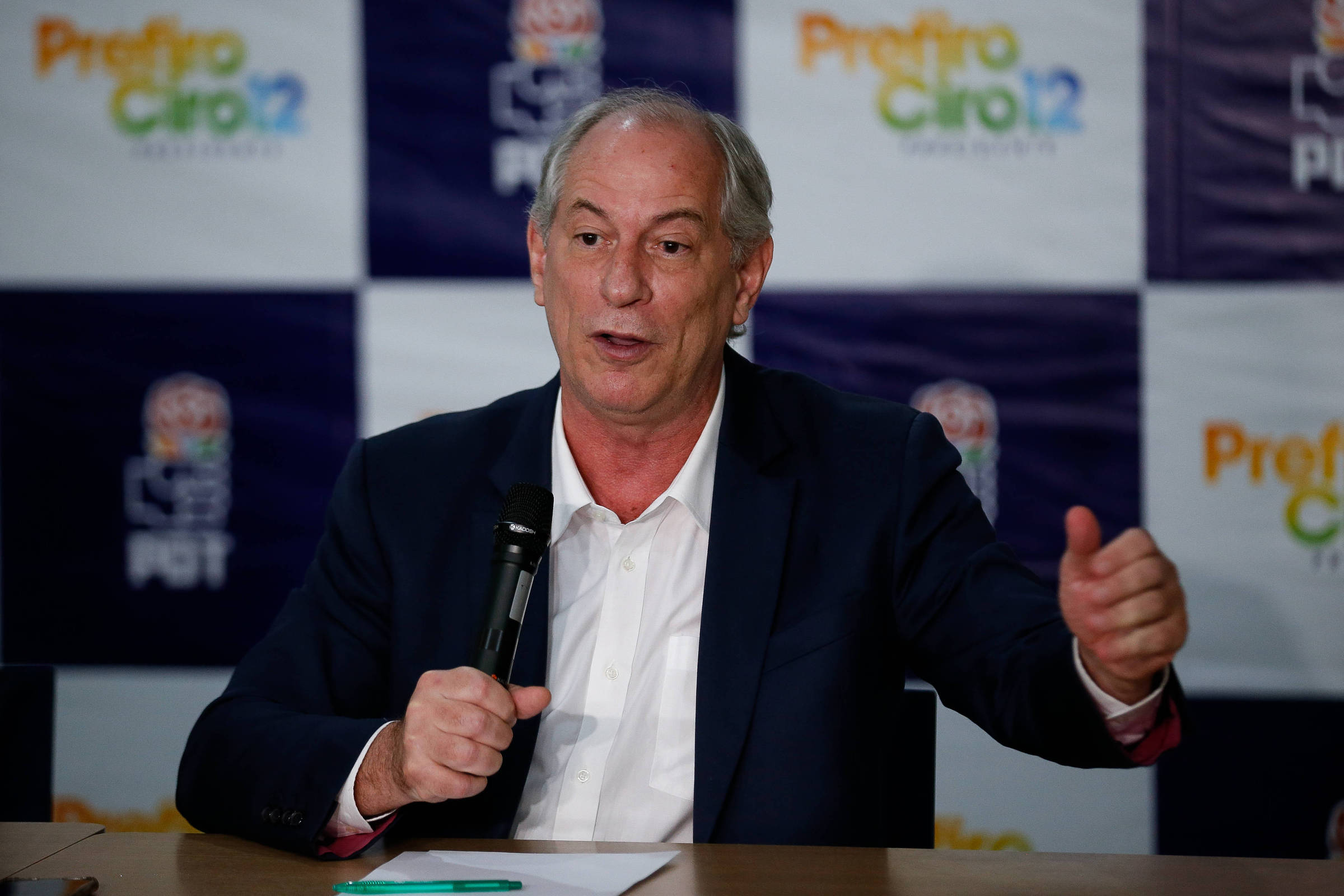
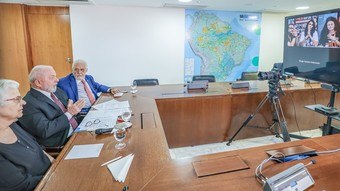
:strip_icc()/i.s3.glbimg.com/v1/AUTH_59edd422c0c84a879bd37670ae4f538a/internal_photos/bs/2023/l/g/UvNZinRh2puy1SCdeg8w/cb1b14f2-970b-4f5c-a175-75a6c34ef729.jpg)
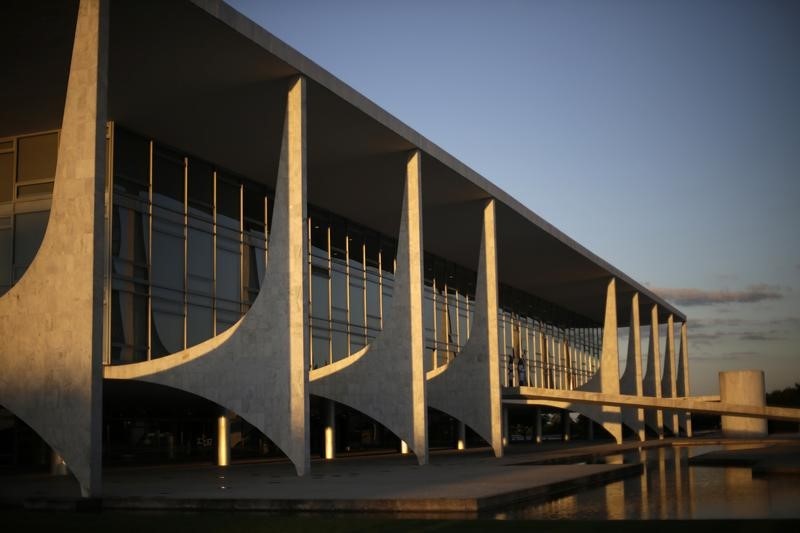

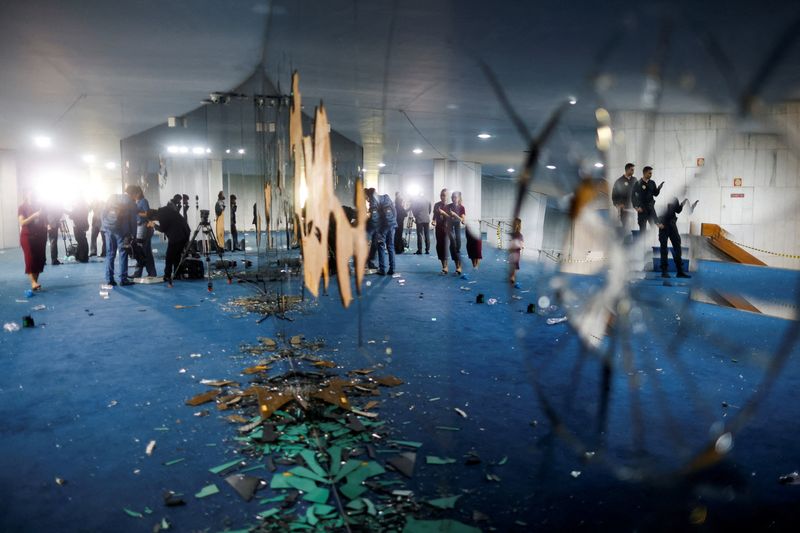
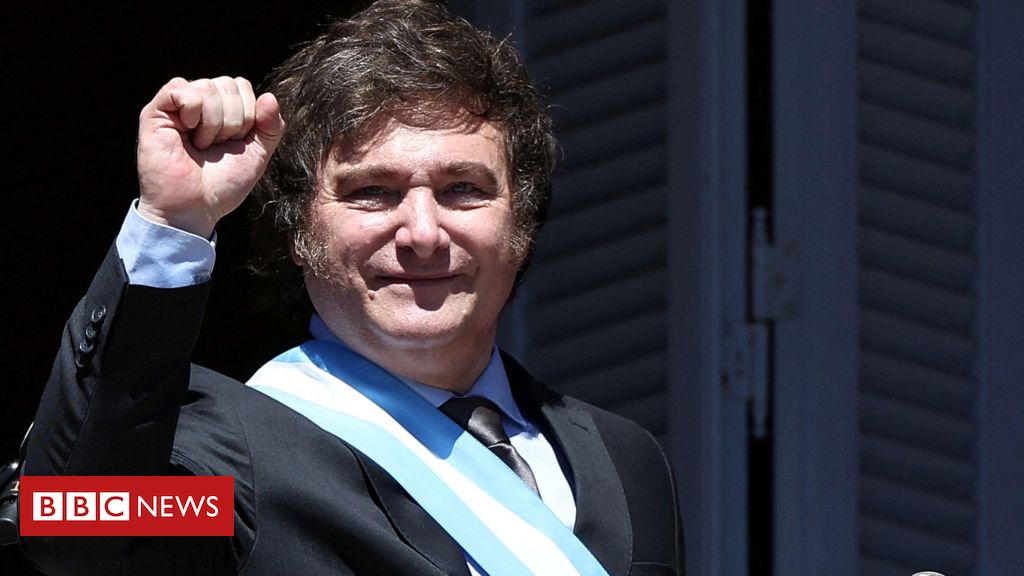


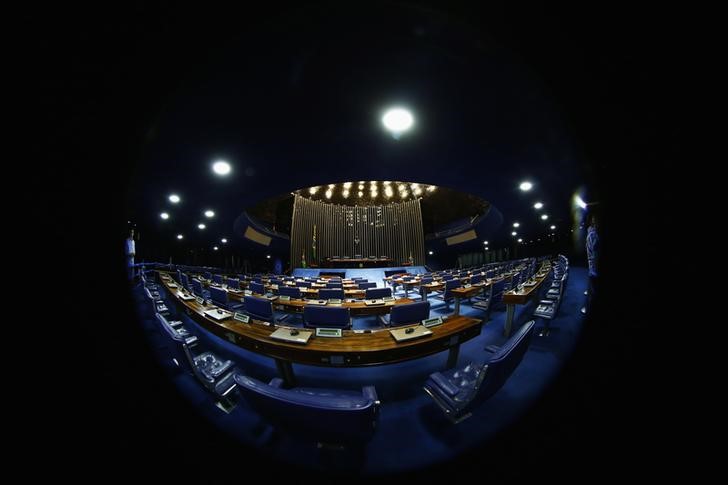


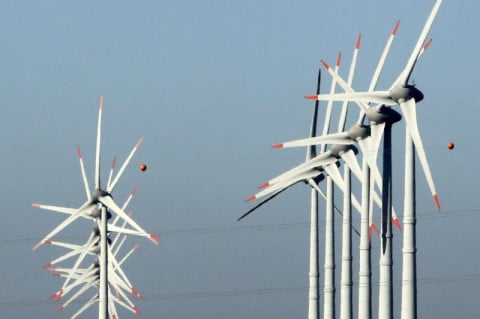
Comentários
Aproveite ao máximo as notícias fazendo login
Entrar Registro